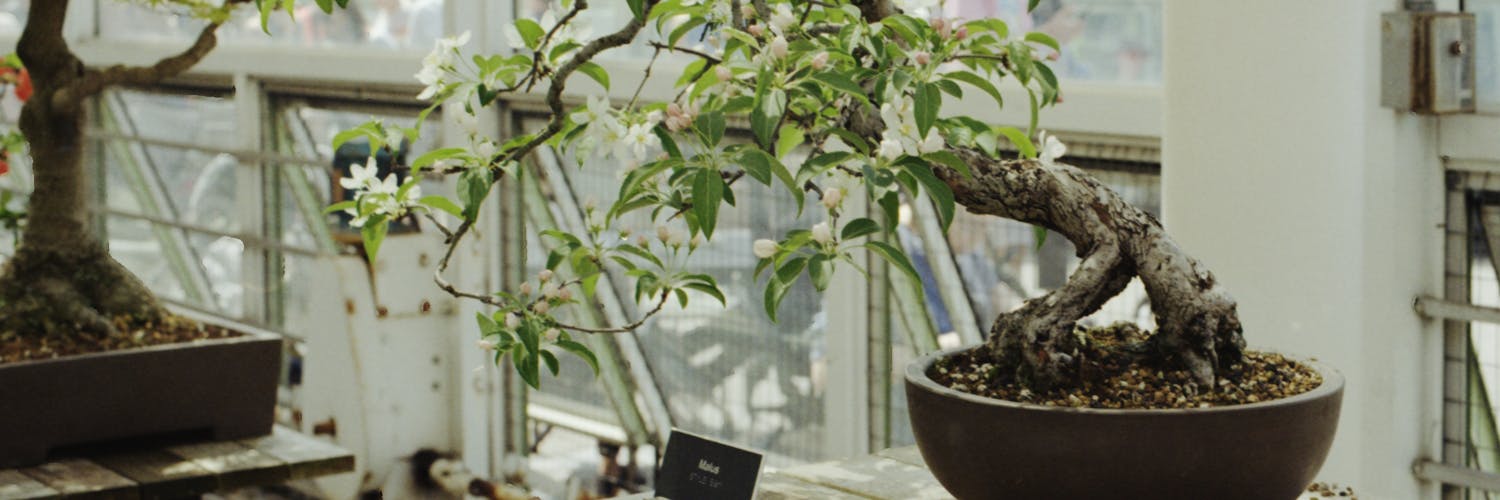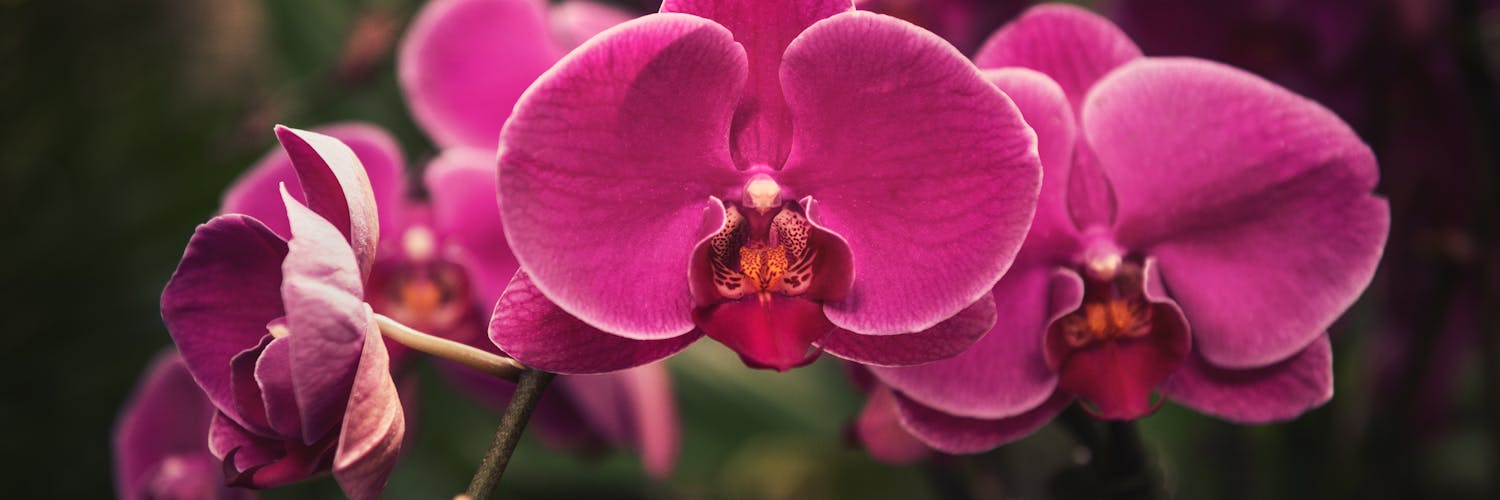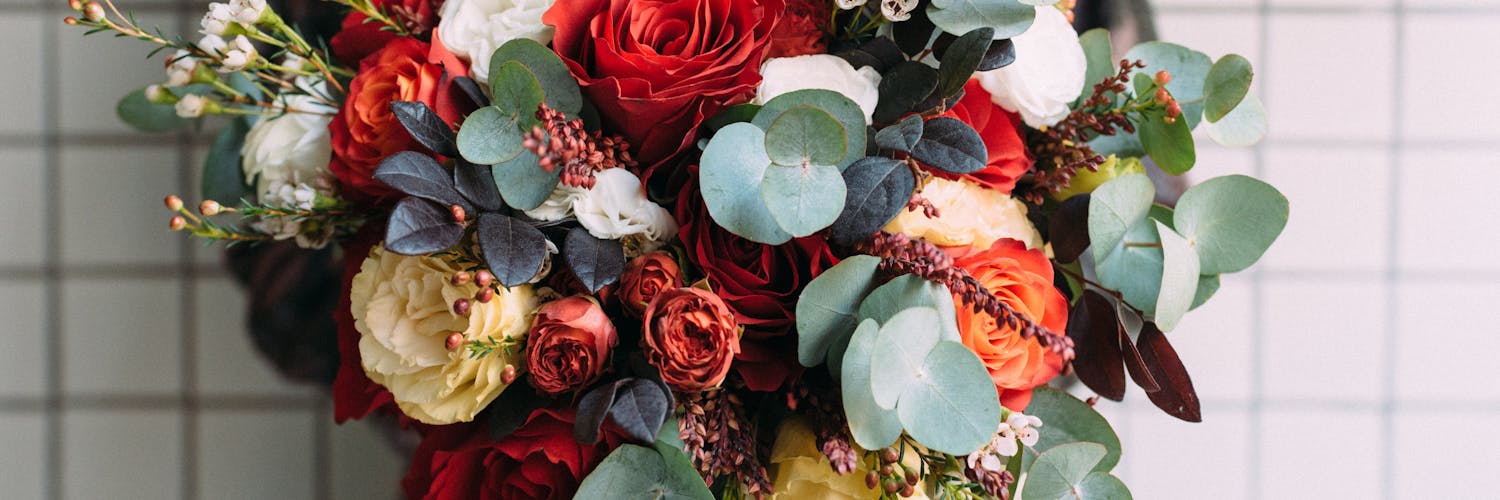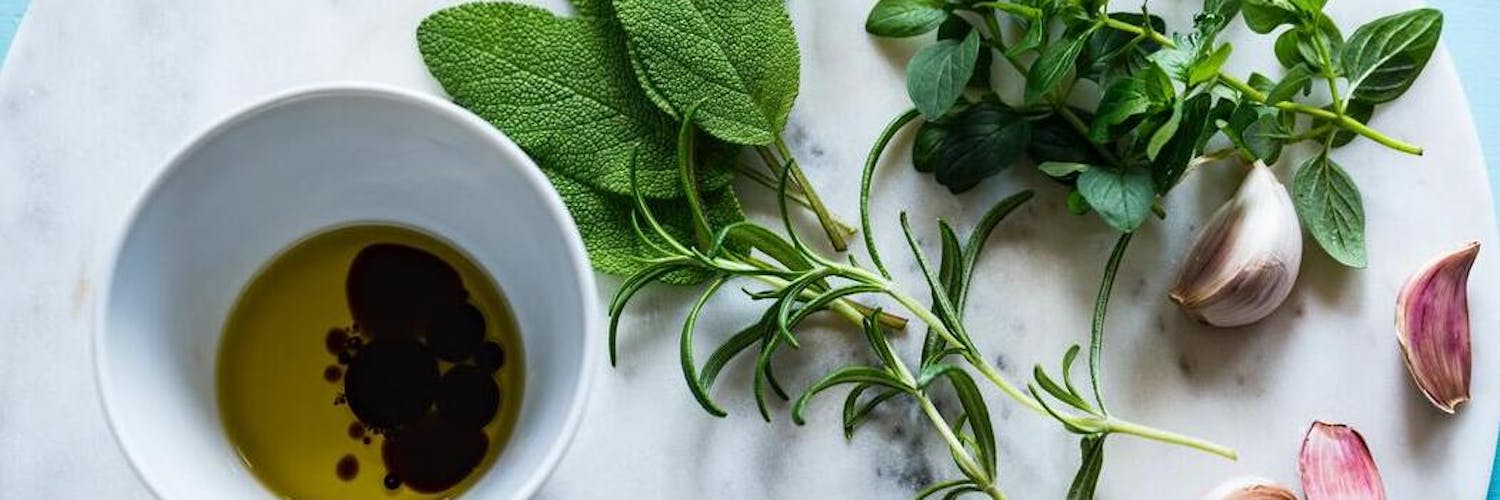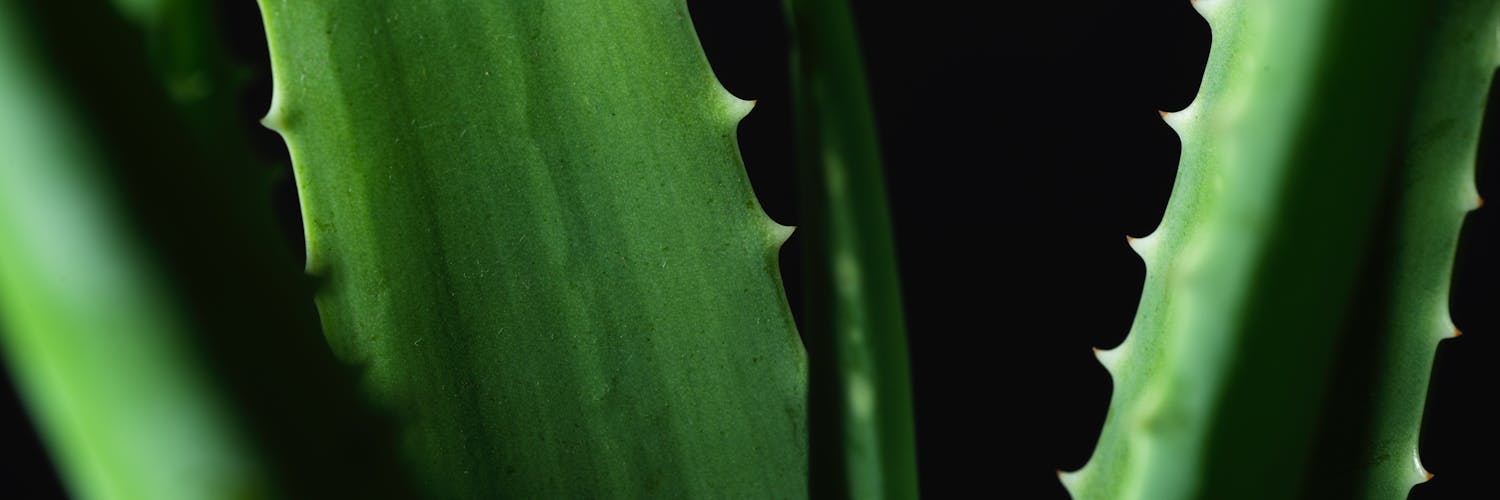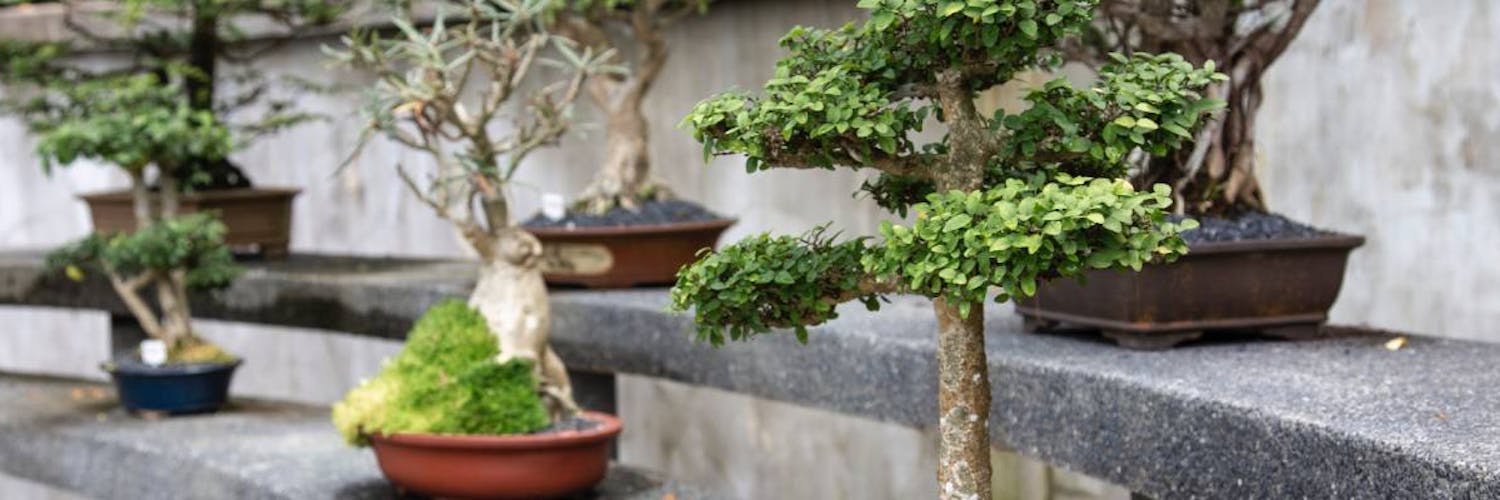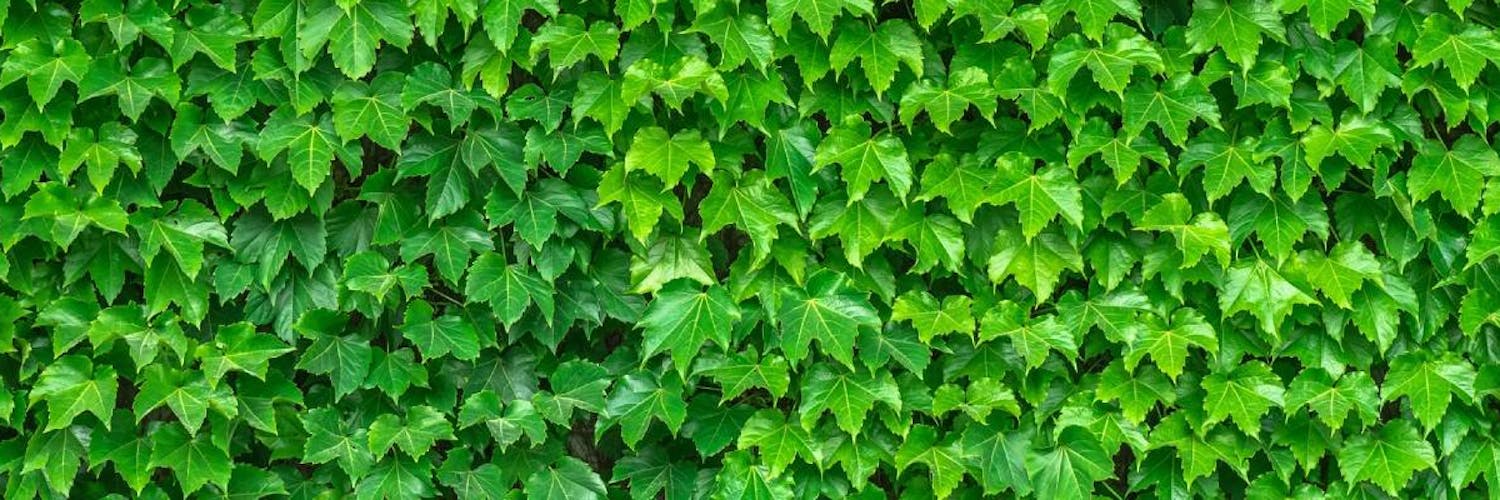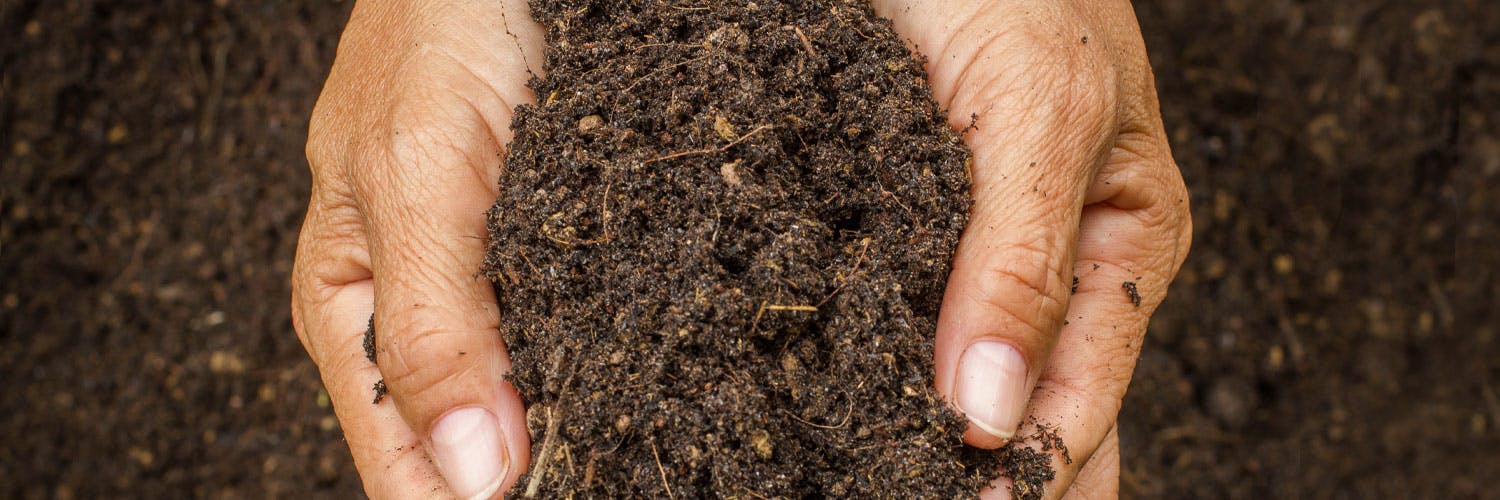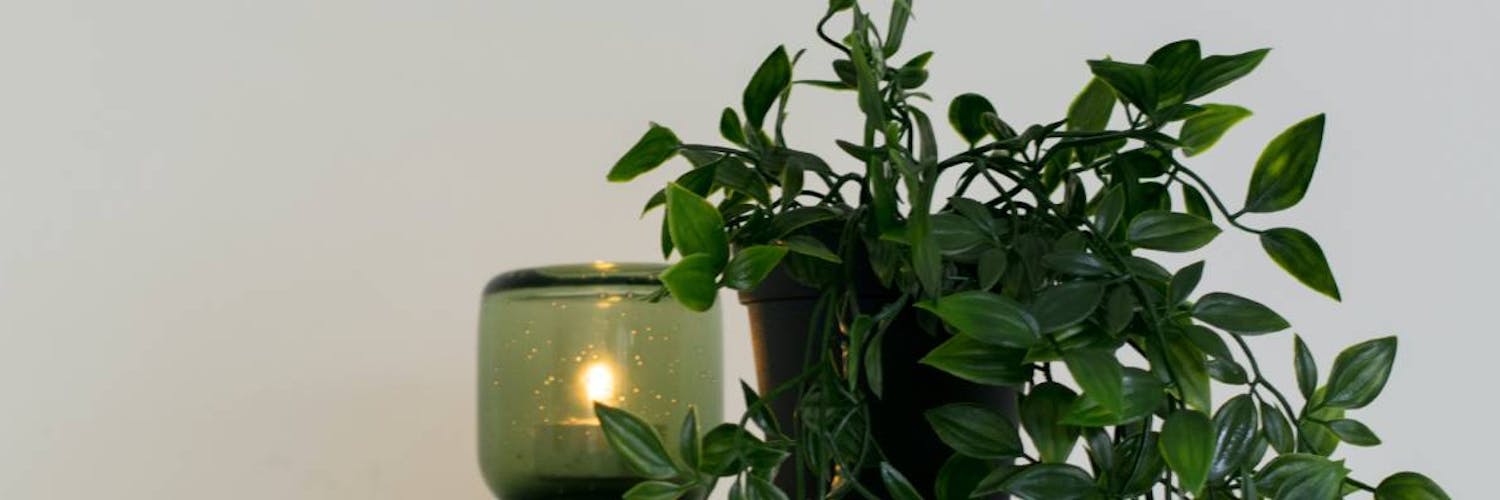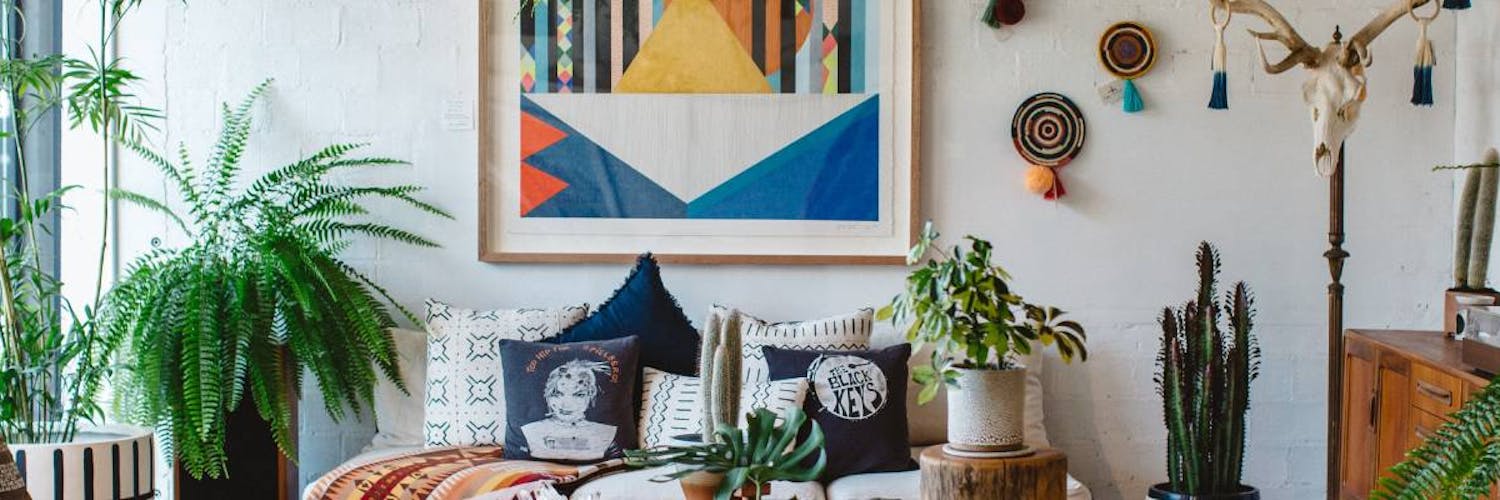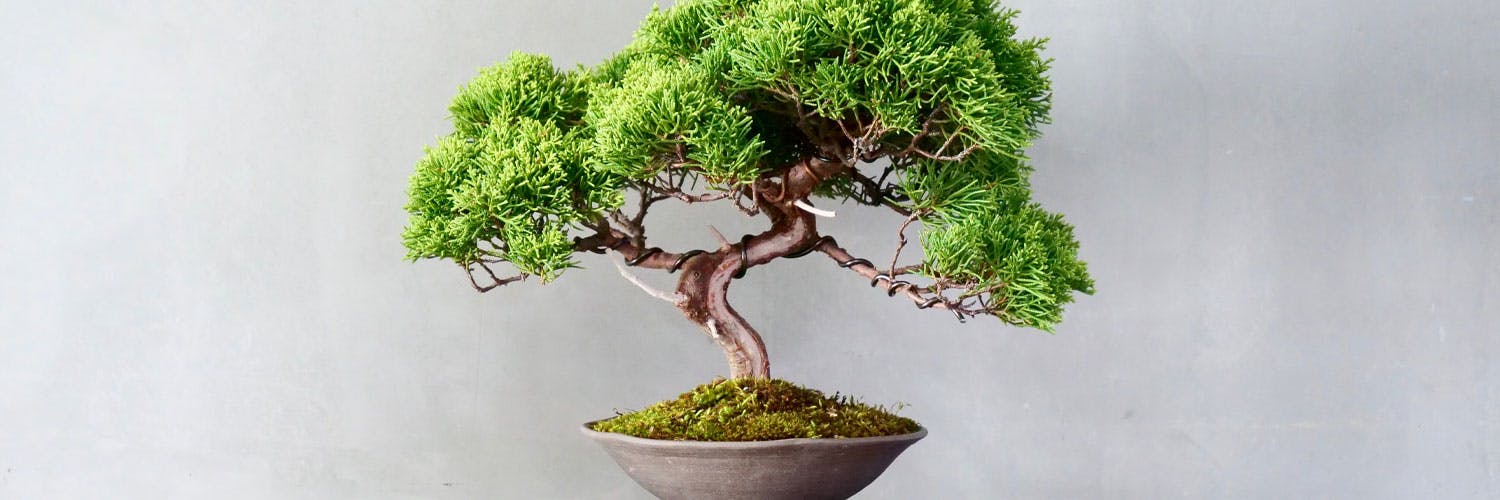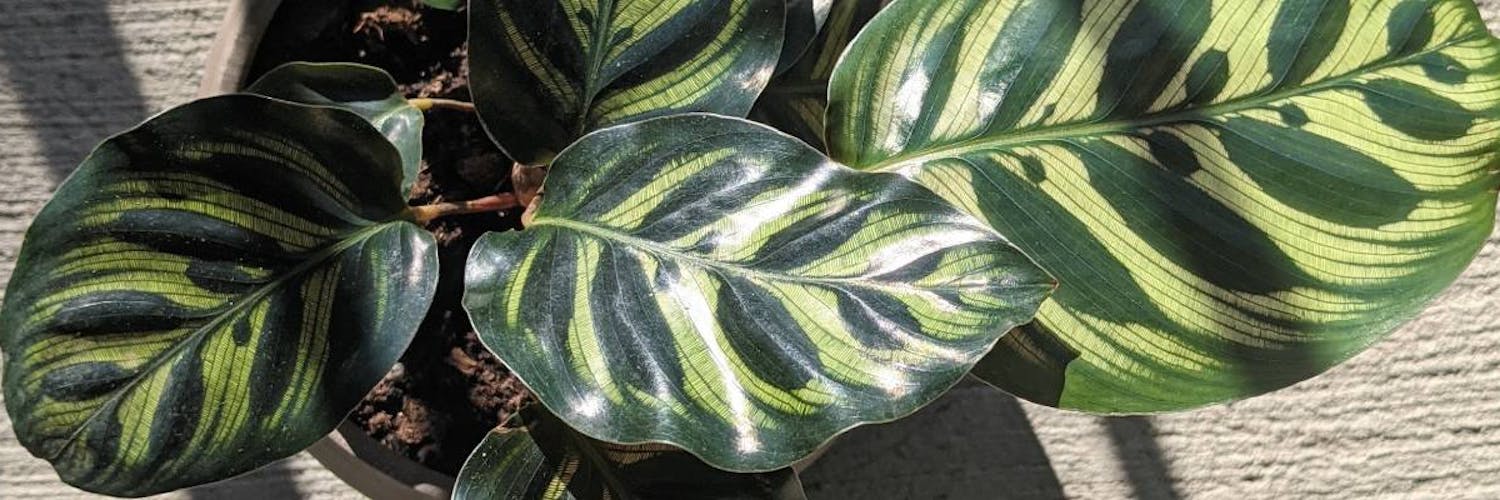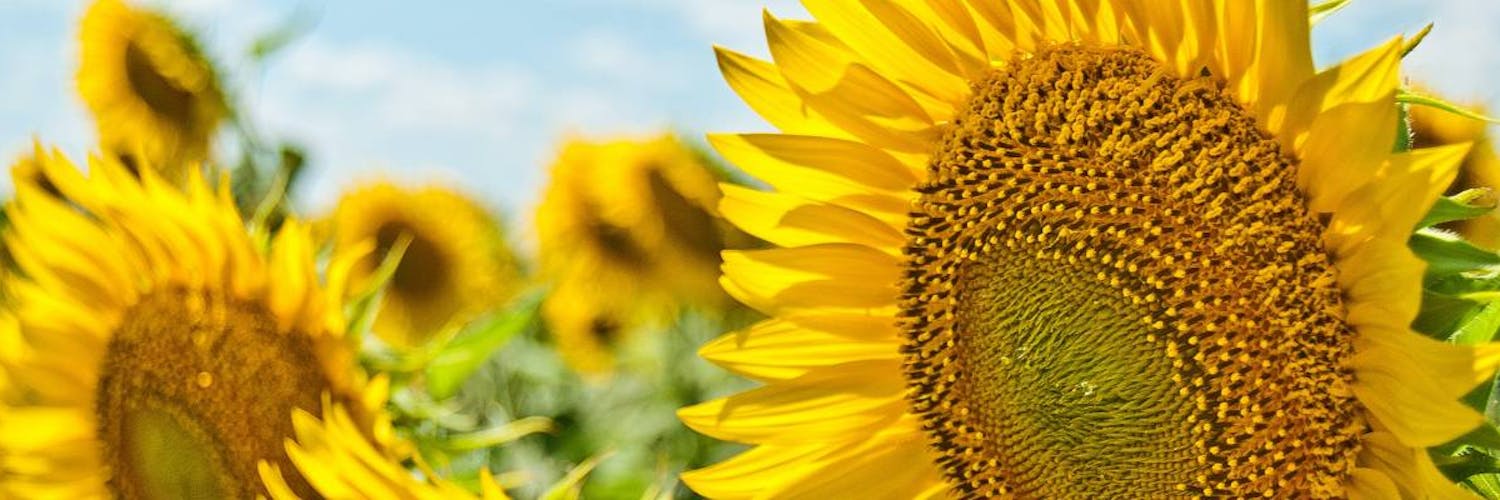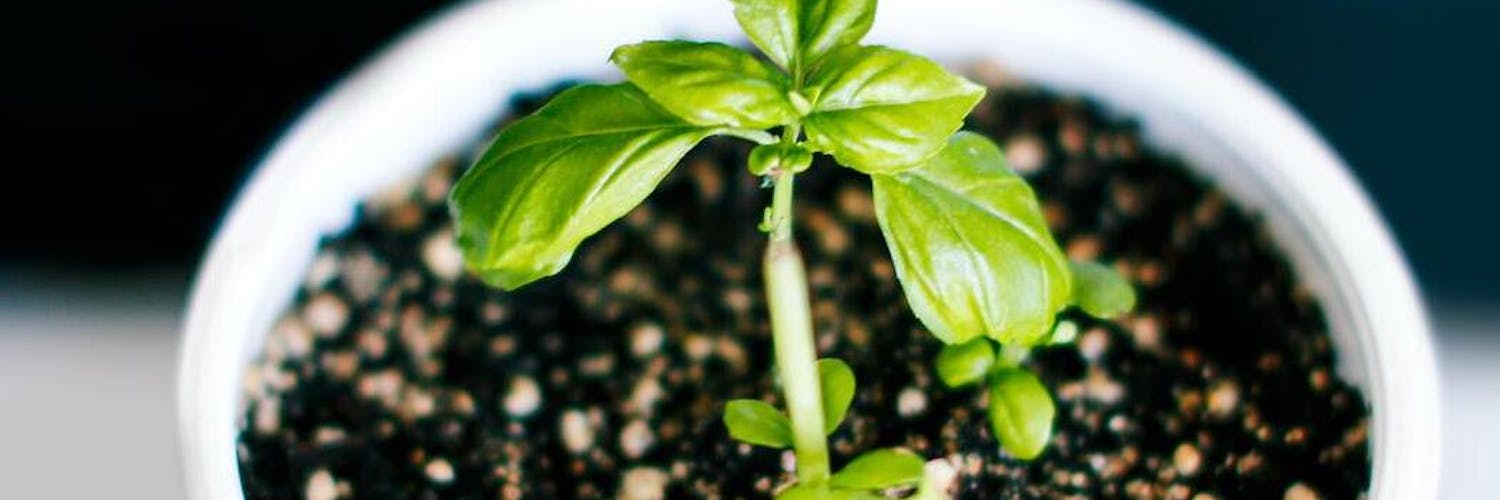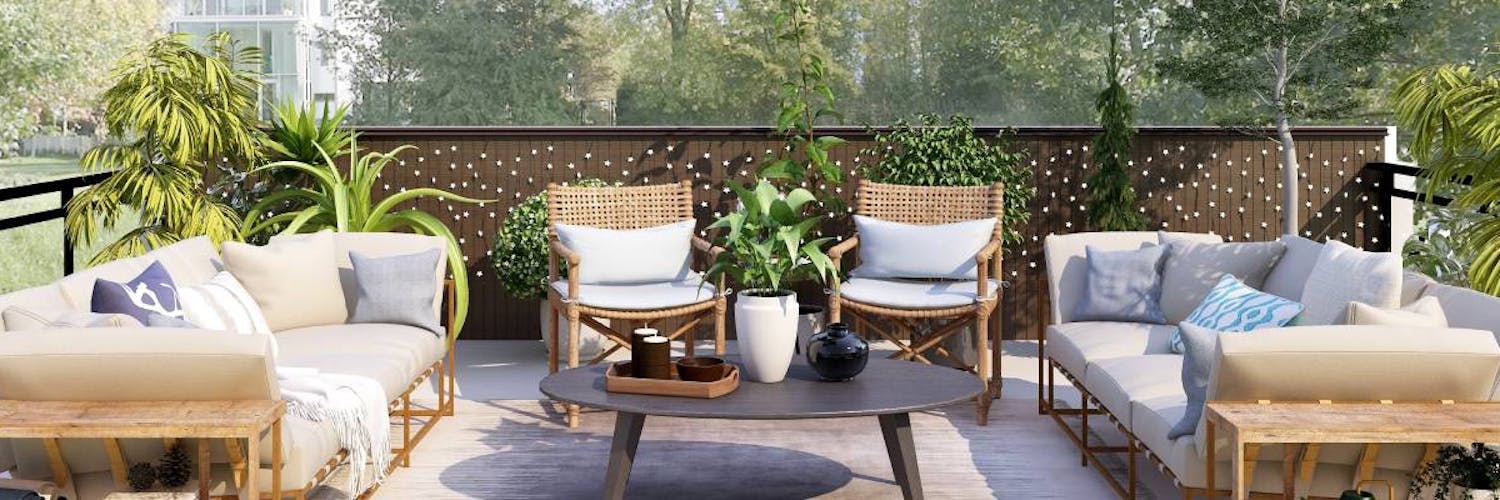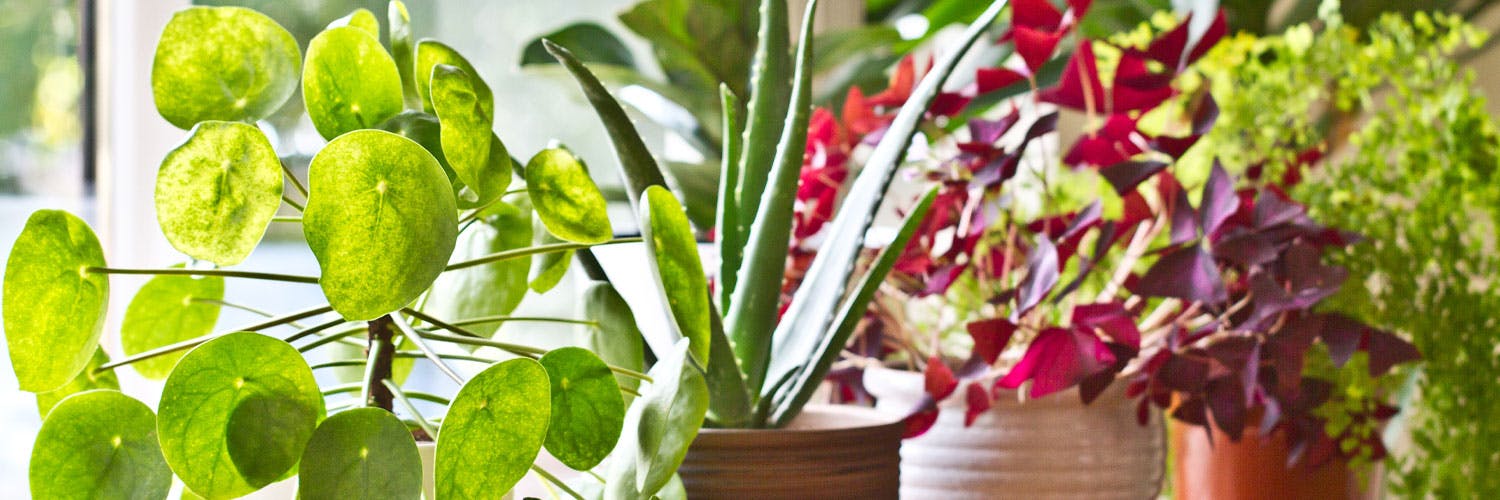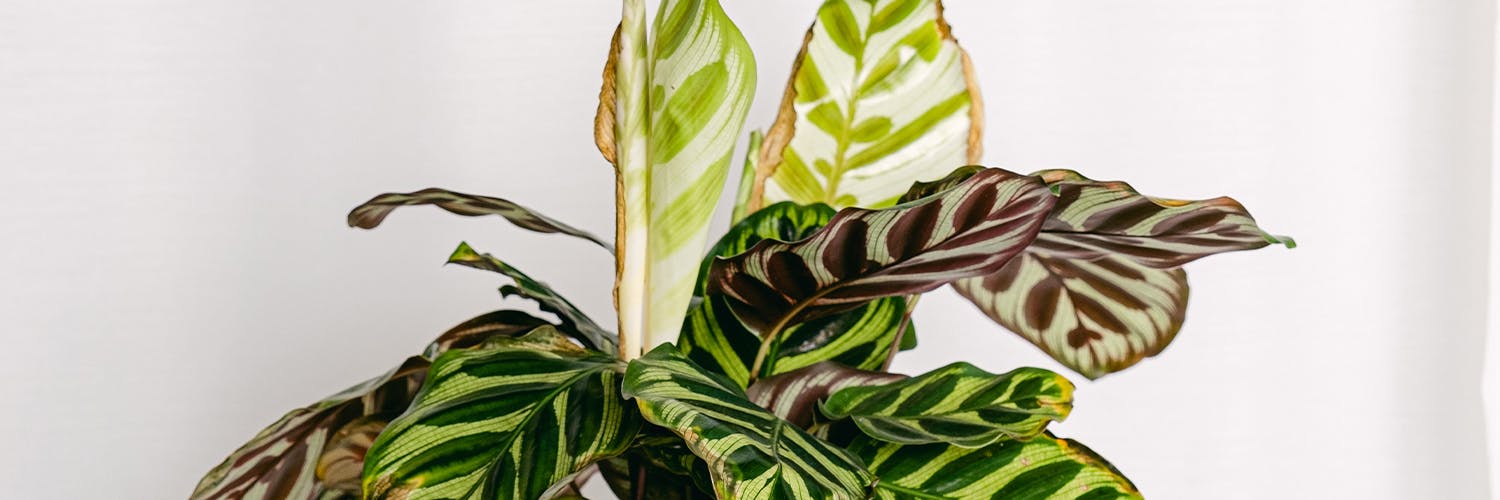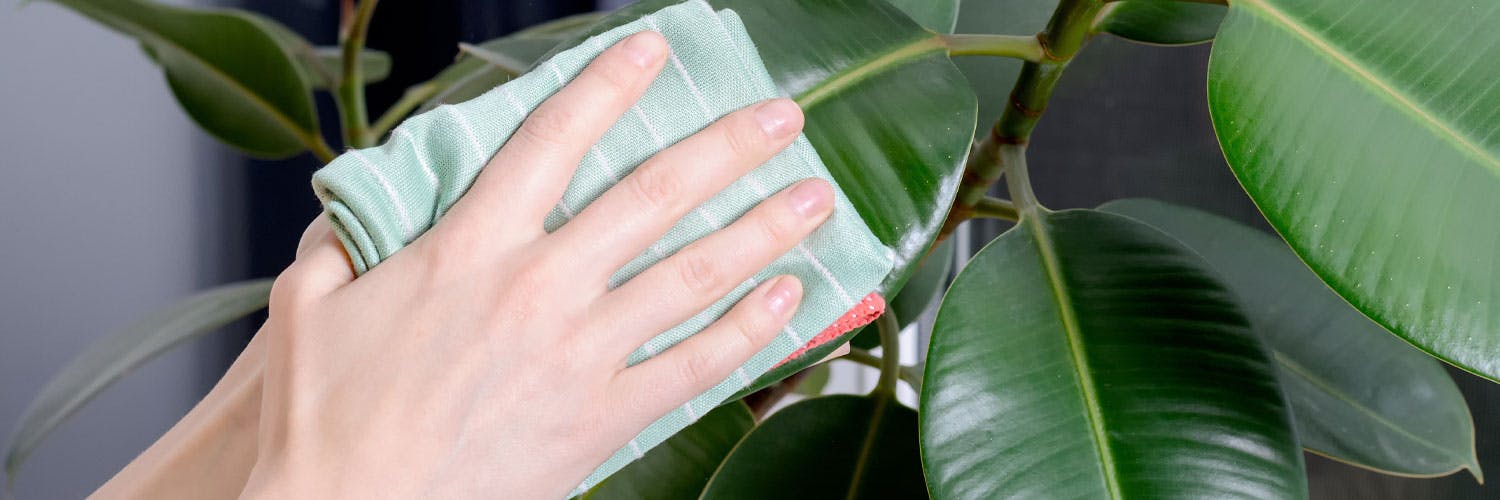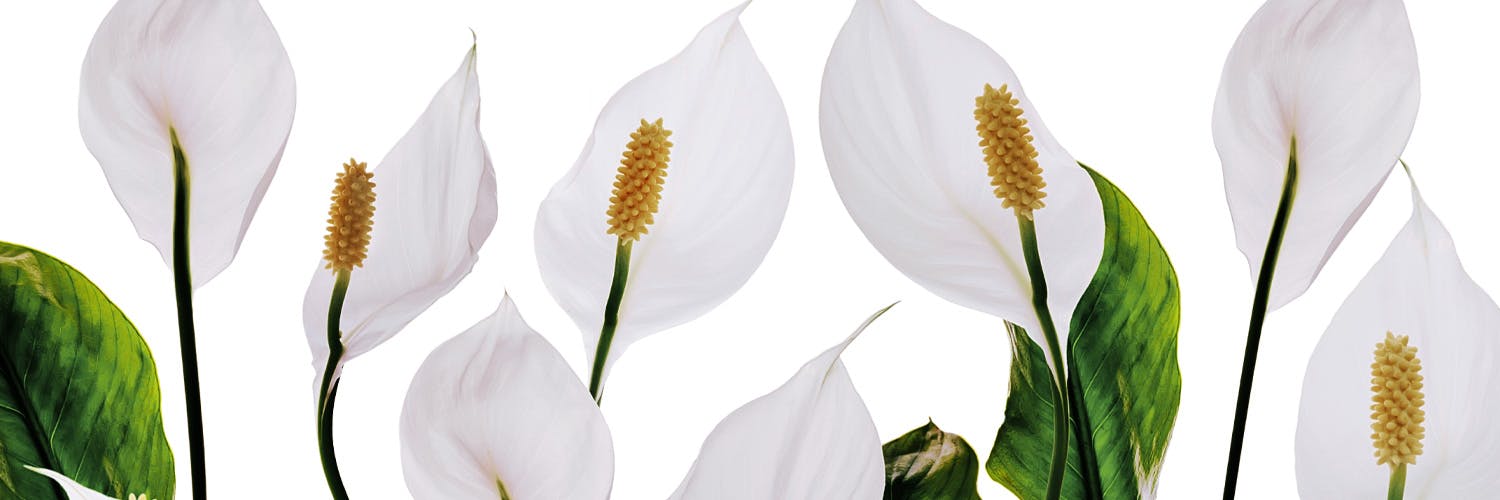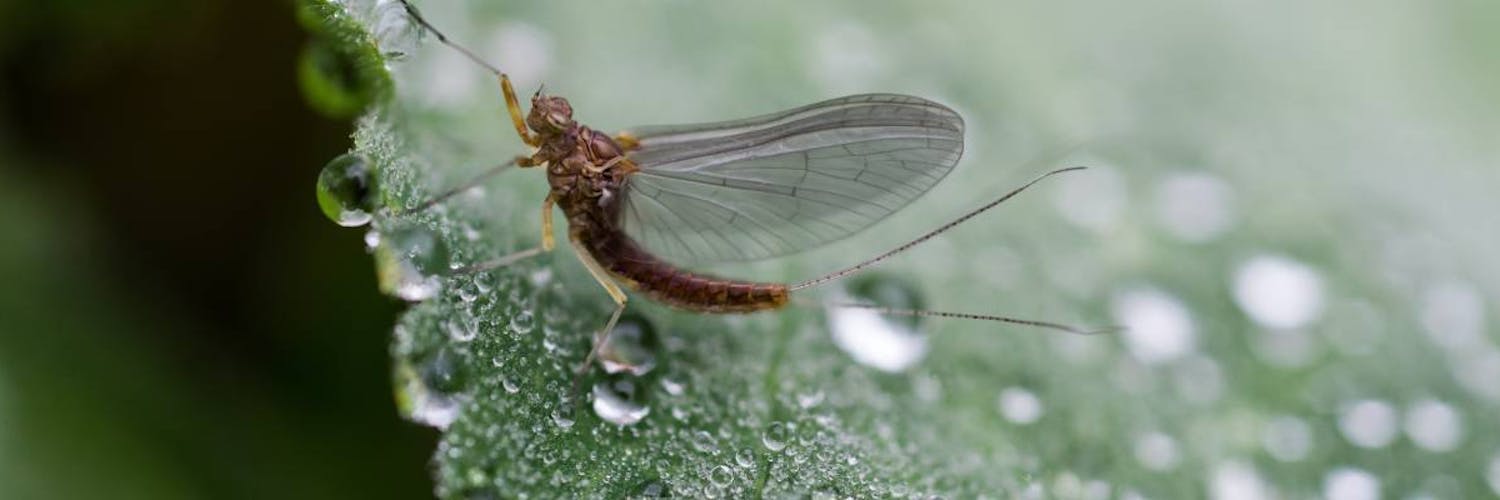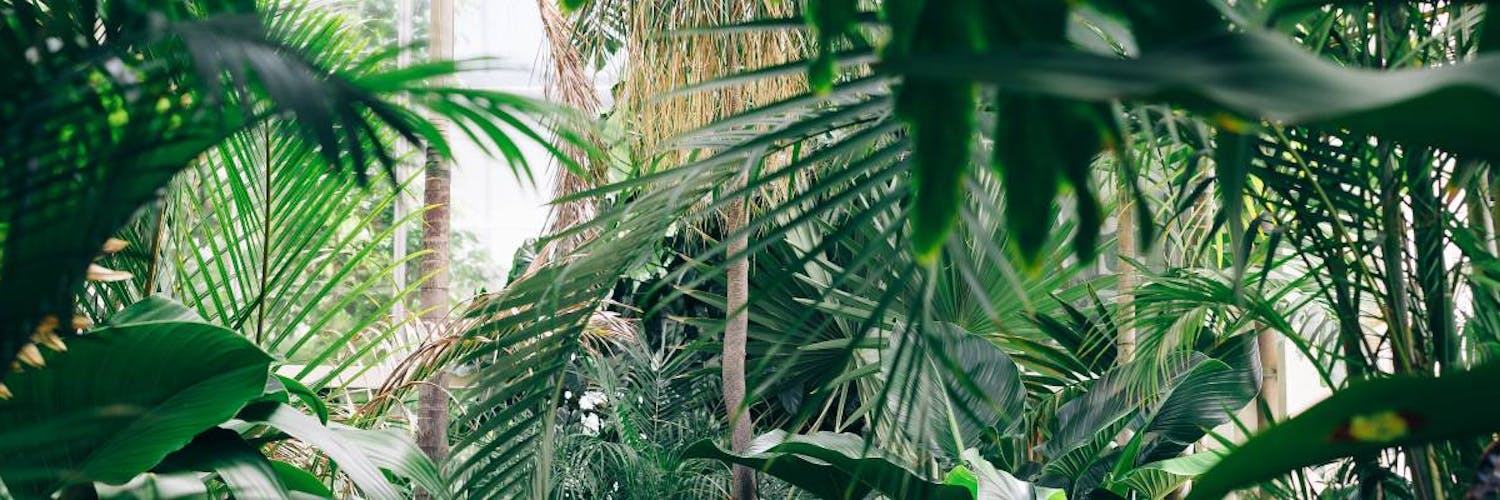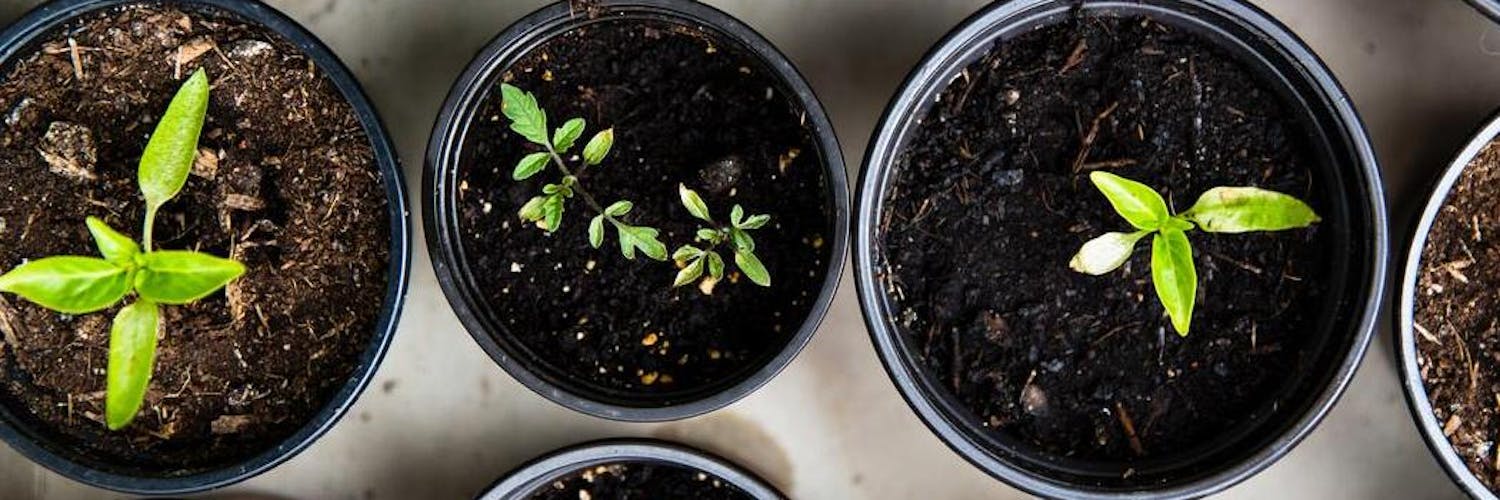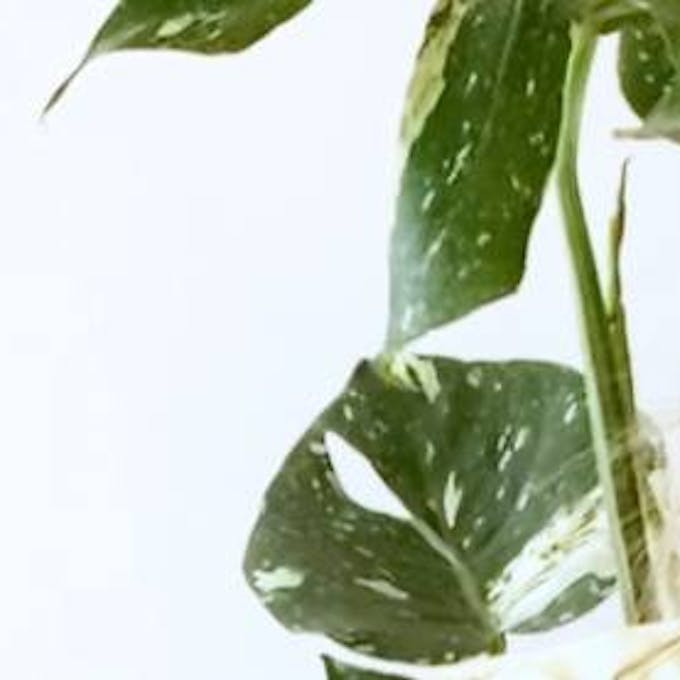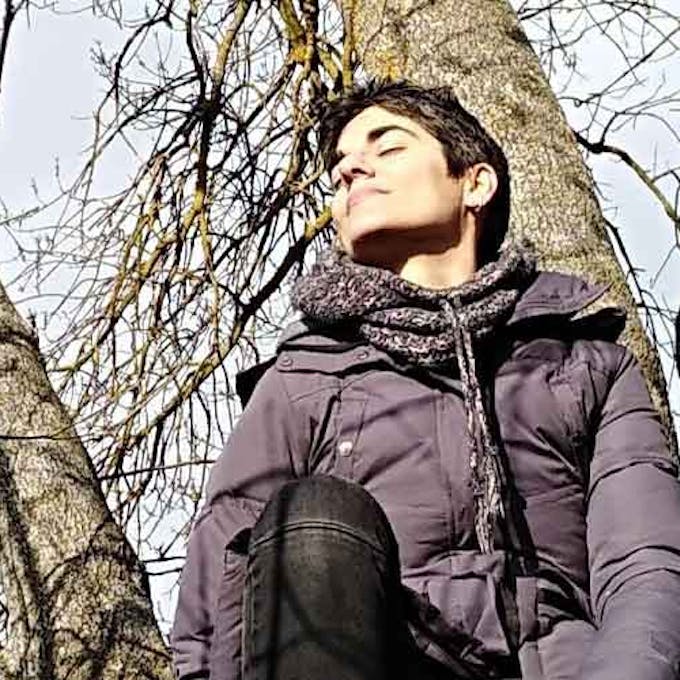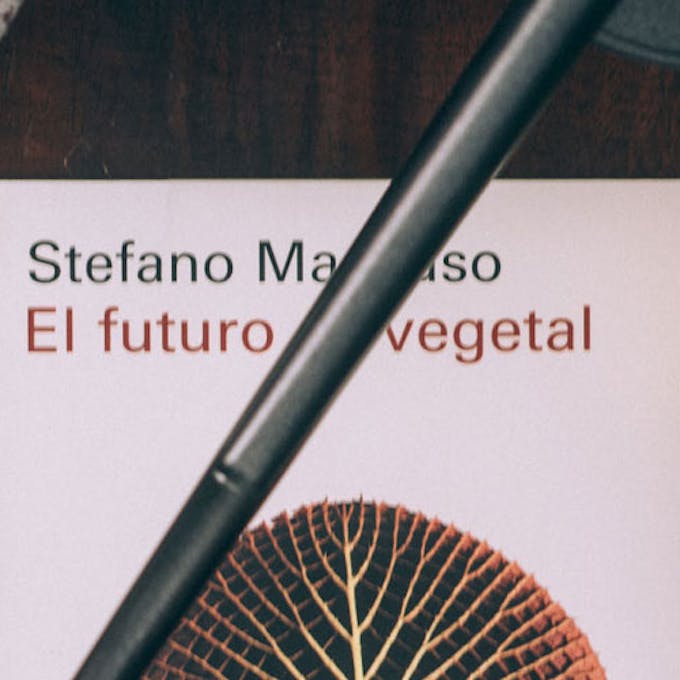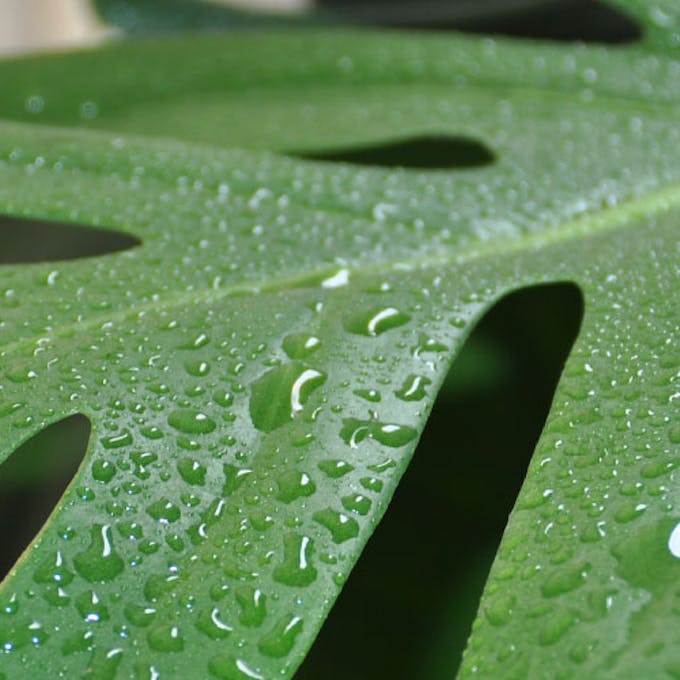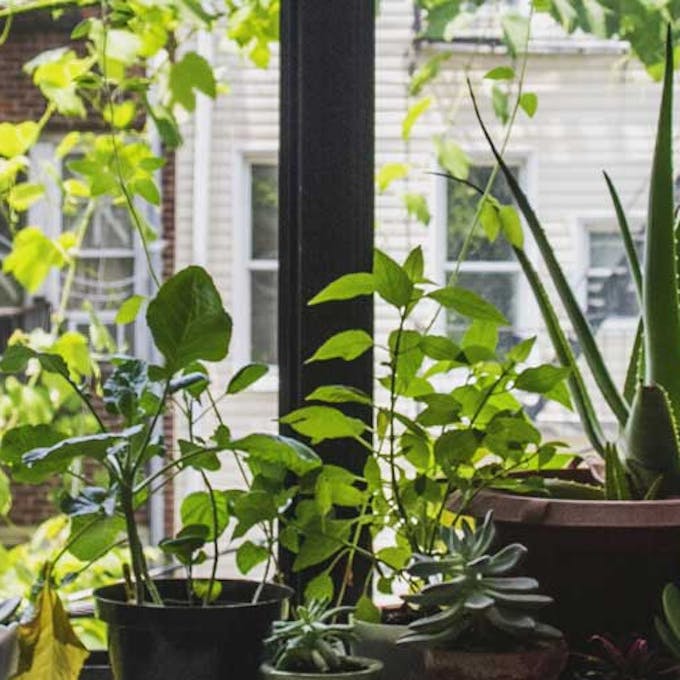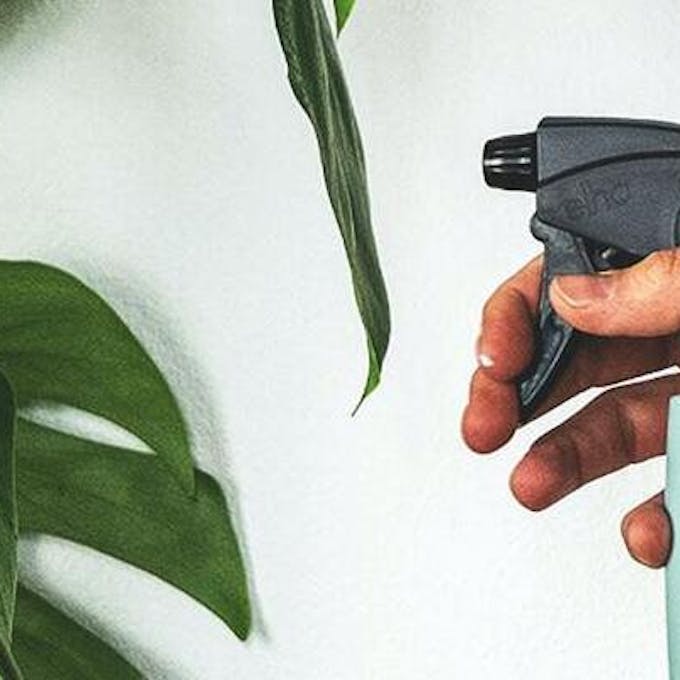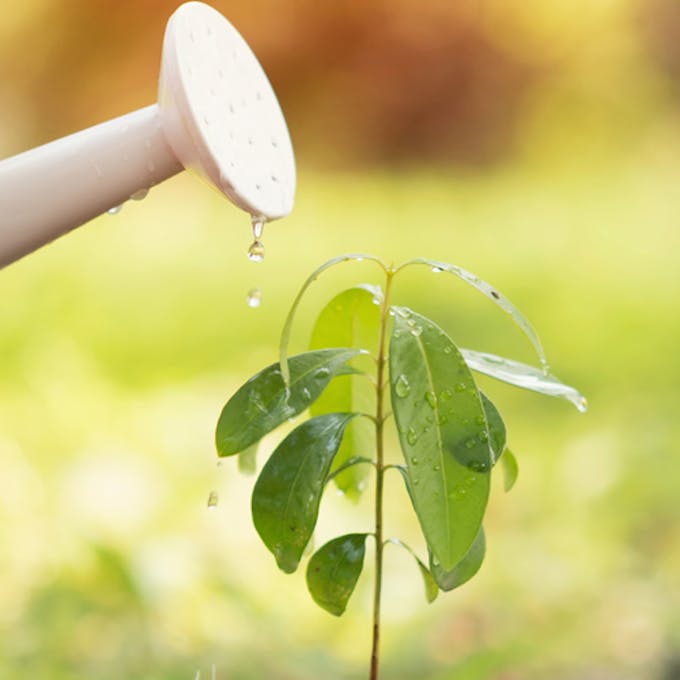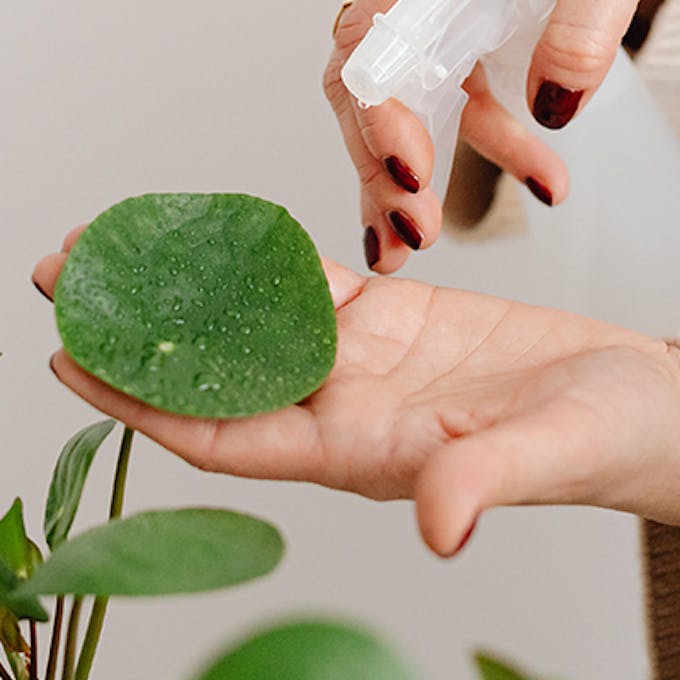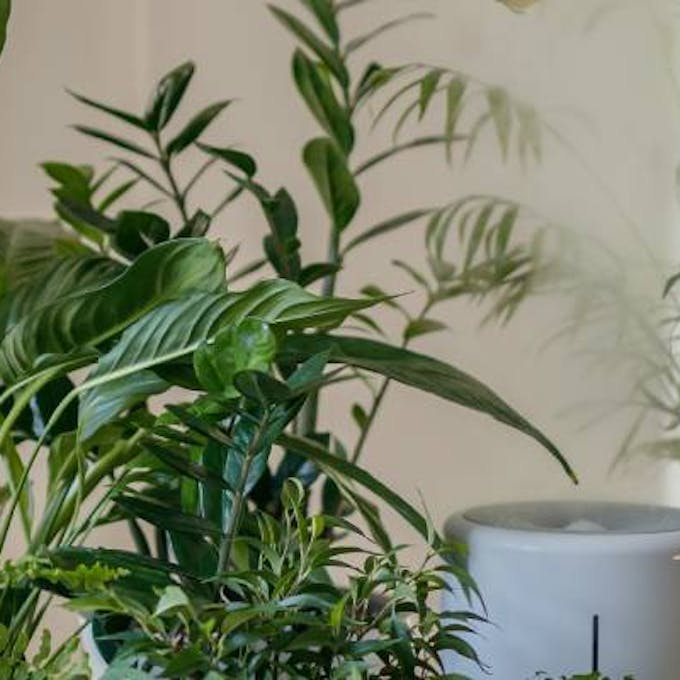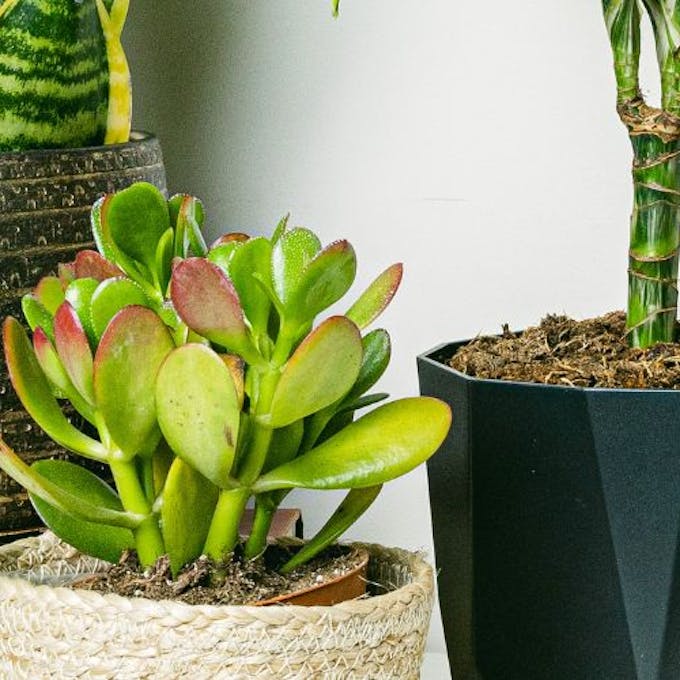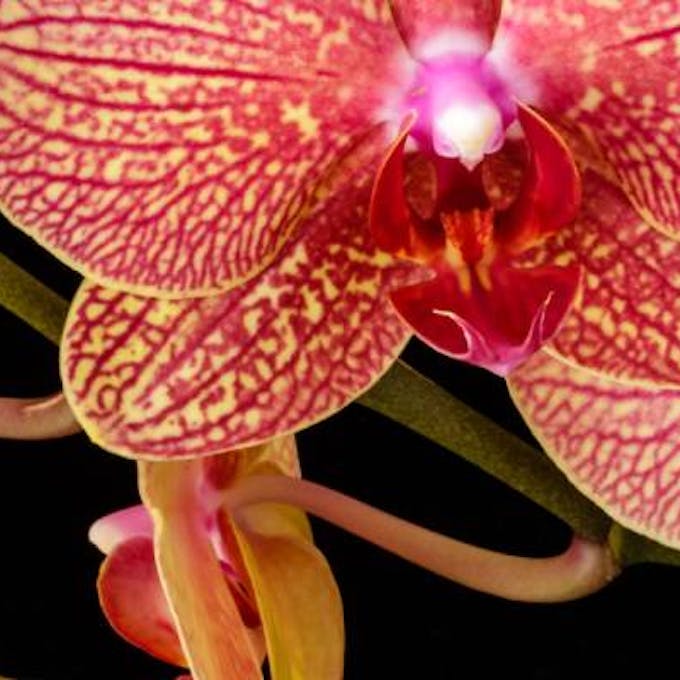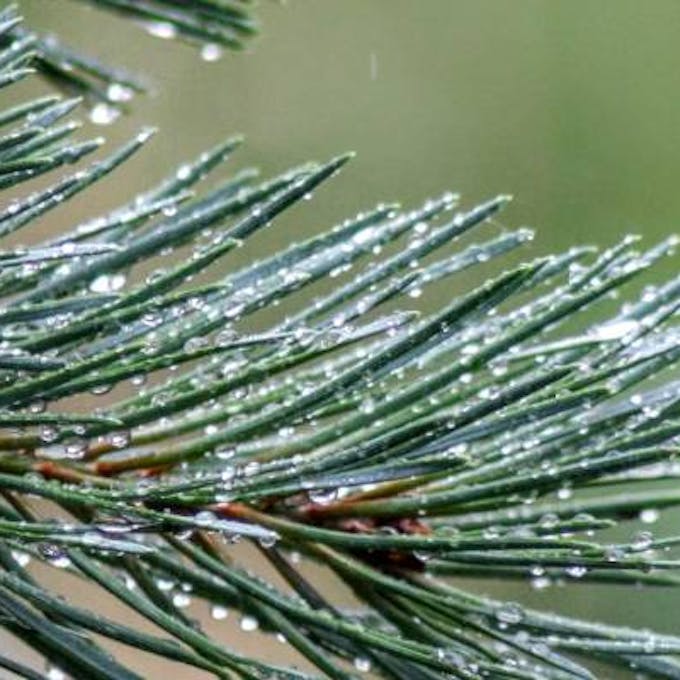Subscribe and get a 10% discount!
Growing plants is easy with Be.Green
Related articles
Ensure the health of your Aloe vera with good drainage and proper temperature
Happy Mind with Happy Plants: Discover the connection between buying and caring for plants and your mental well-being
Enjoy the beautiful blooms of your Christmas cactus by taking proper care of it
Anthuriums: the safe bet for an impressive floral decoration
An Oasis in the Dark: How Plants Thrive in Dimly Lit Homes
Bring your home to life by decorating it with natural plants and creating a cozy atmosphere
Discover the benefits of Campanula Abella Intense Purple in your home
Create a zen atmosphere in your home by using Japanese décor elements and kokedamas
Decorate Your Kitchen with Plants: A Selection Guide
Invest in the well-being of your home with these radiation-blocking plants
Rhaphidophora Tetrasperm: A glimpse into its fascinating botanical world
Decorate your home without worrying about your pets: Discover the best friendly plants
Plants with large leaves: the key to captivating your guests at your celebrations
Practical tricks to grow your orchids in the winter season
The olive tree: an ideal option to have in your home
The best plants to decorate your kitchen